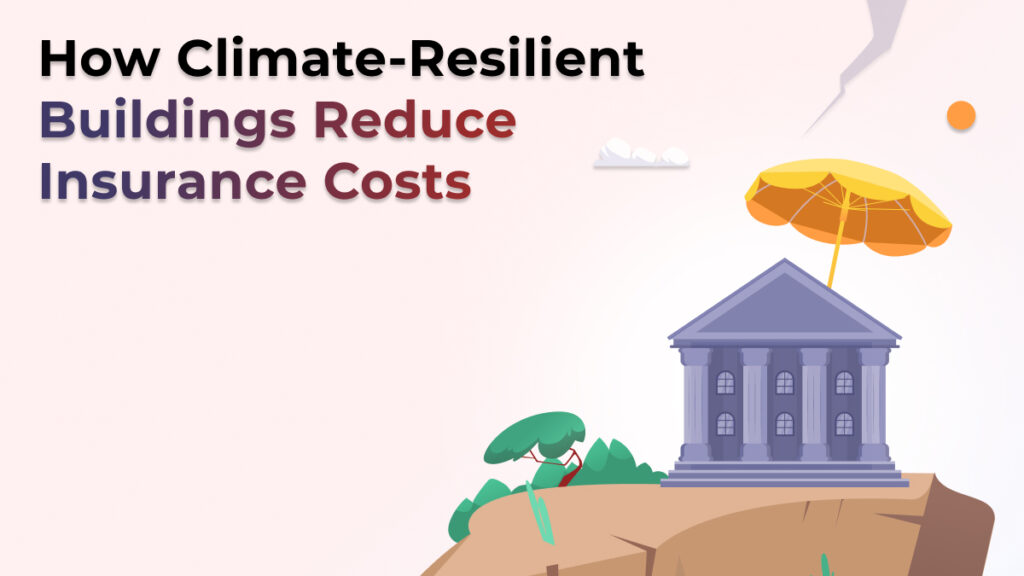How to Create a Simple Weather Emergency Plan in 7 Easy Steps
Weather emergencies can happen anytime, anywhere. Whether it’s a heavy rainstorm, cyclone, or extreme heat, having a plan can help keep you and your loved ones safe. Here’s how you can create a simple weather emergency plan in just seven easy steps, with a straightforward example from India.
Step 1: Know the Risks
First, understand the weather risks in your area. For instance, in coastal regions of India, cyclones are a common threat, especially during the monsoon season. Knowing what to expect helps you prepare better.
Example: In 2019, Cyclone Vayu threatened Gujarat. Knowing it was coming, people had time to prepare.
Step 2: Create a Contact List
Make a list of important phone numbers. Include family members, neighbors, and emergency services. Keep this list handy and make sure everyone in your family knows where to find it.
Example: During Cyclone Vayu, having a contact list helped people quickly reach out to neighbors and emergency services for help.
Step 3: Choose a Safe Location
Decide where you and your family will go if you need to leave your home. This could be a designated shelter, a relative’s house, or another safe place.
Example: When Cyclone Vayu hit, many families went to government shelters set up in safe areas away from the storm’s path.
Step 4: Prepare an Emergency Kit
Pack a kit with essential items like food, water, first aid supplies, a flashlight, batteries, and important documents. Keep this kit in an easily accessible place.
Example: During heavy rains in Mumbai, families who had emergency kits with essentials were better prepared for sudden flooding.
Step 5: Plan for Pets
If you have pets, include them in your plan. Make sure you have enough food, water, and a safe space for them. Find a pet-friendly shelter if needed.
Example: In Chennai, during a recent storm, families with pets who had planned ahead were able to keep their furry friends safe and comfortable.
Step 6: Practice Your Plan
Regularly practice your emergency plan with your family. Go through the steps, and make sure everyone knows what to do and where to go.
Example: Before Cyclone Vayu, families who had practiced their emergency plan were able to move quickly and safely to shelters.
Step 7: Stay Informed
Keep track of weather updates from reliable sources like weather apps or news channels. This helps you stay aware of any changes and act accordingly.
Example: During the 2020 floods in Assam, families who kept up with weather updates were able to evacuate in time and avoid the worst of the flooding.
By following these seven steps, you can create a simple and effective weather emergency plan. It’s all about being prepared and staying safe. Remember, planning ahead can make a big difference when weather emergencies strike.
